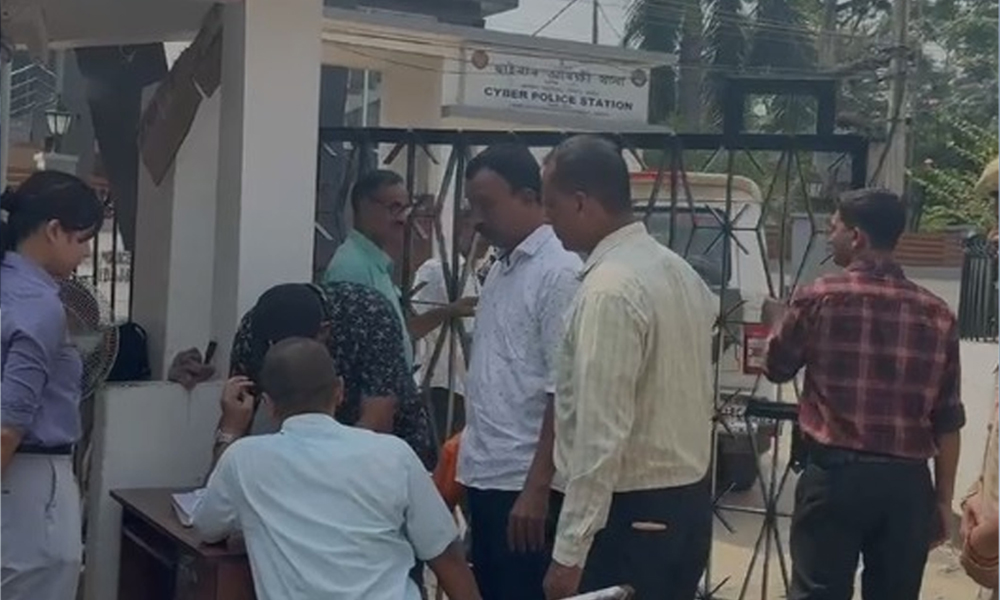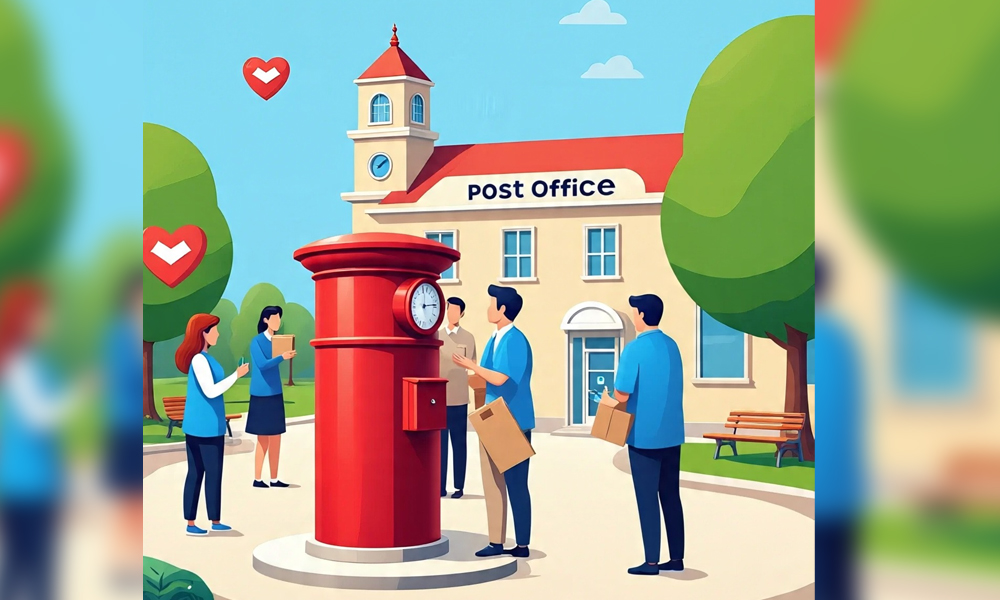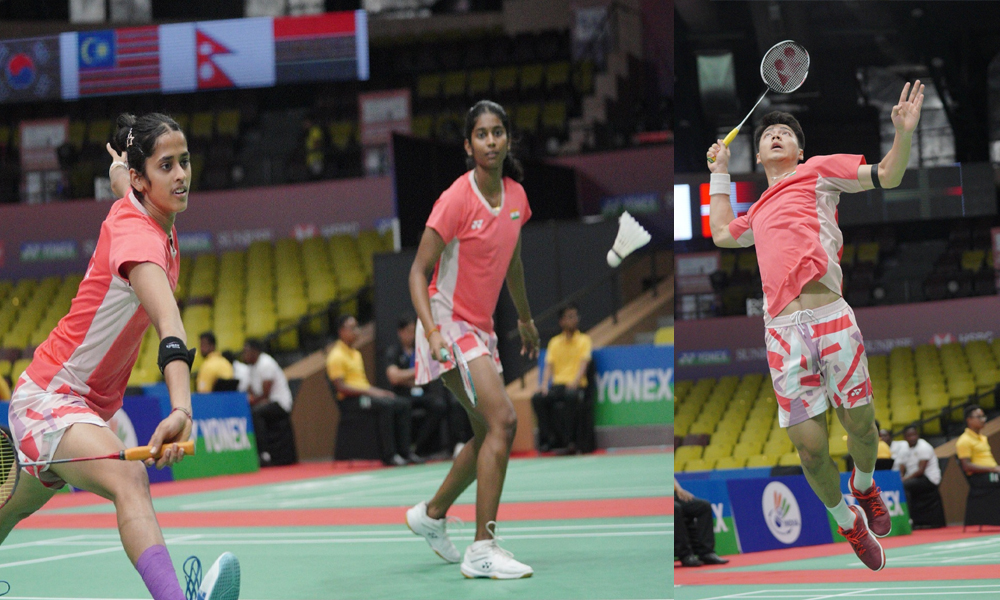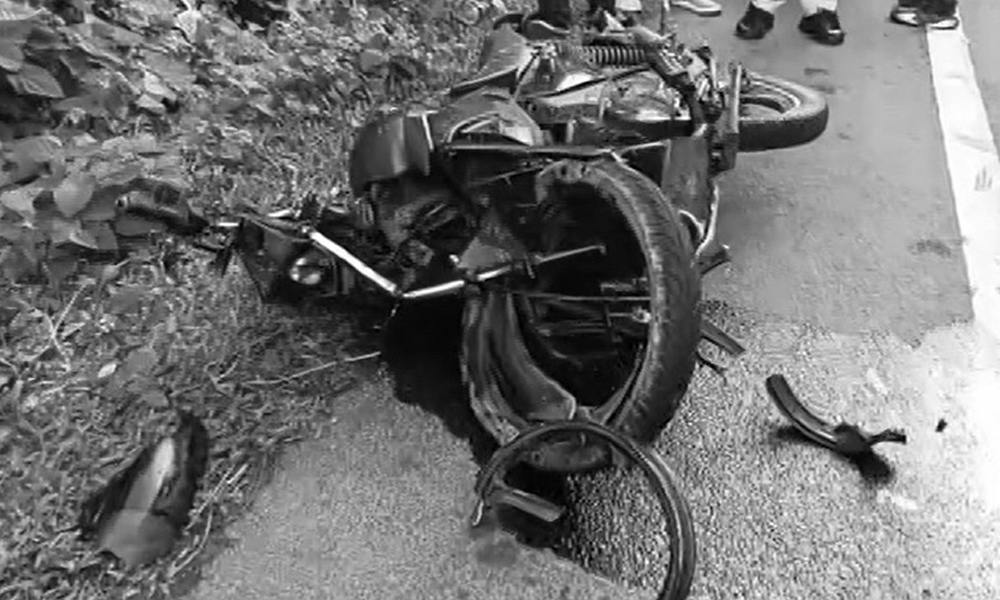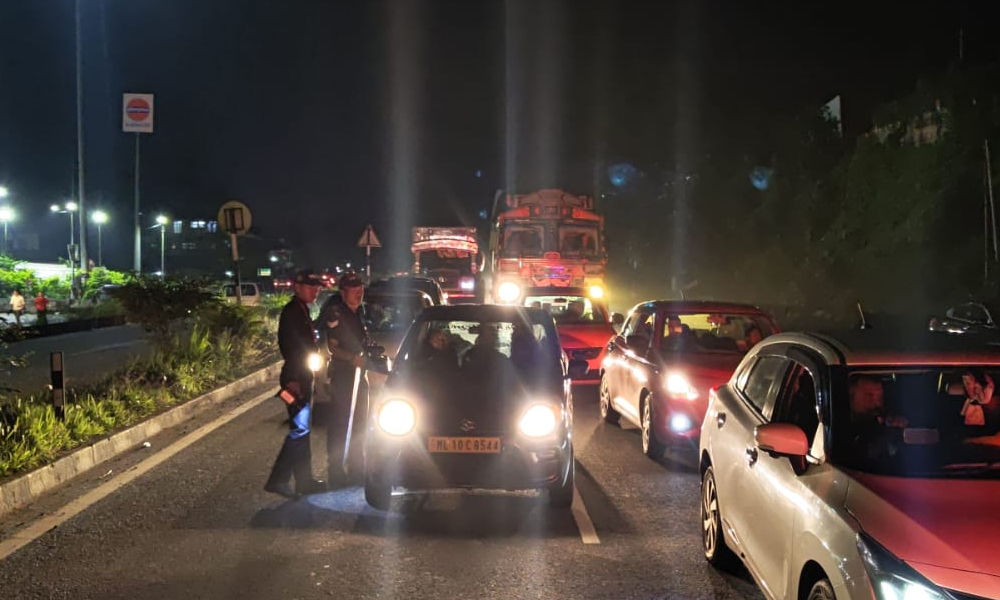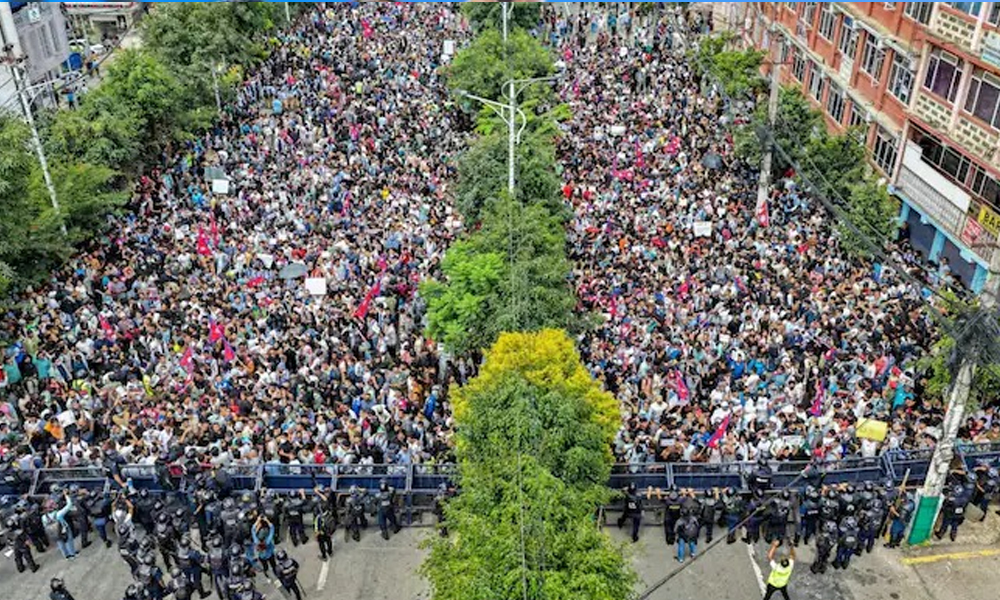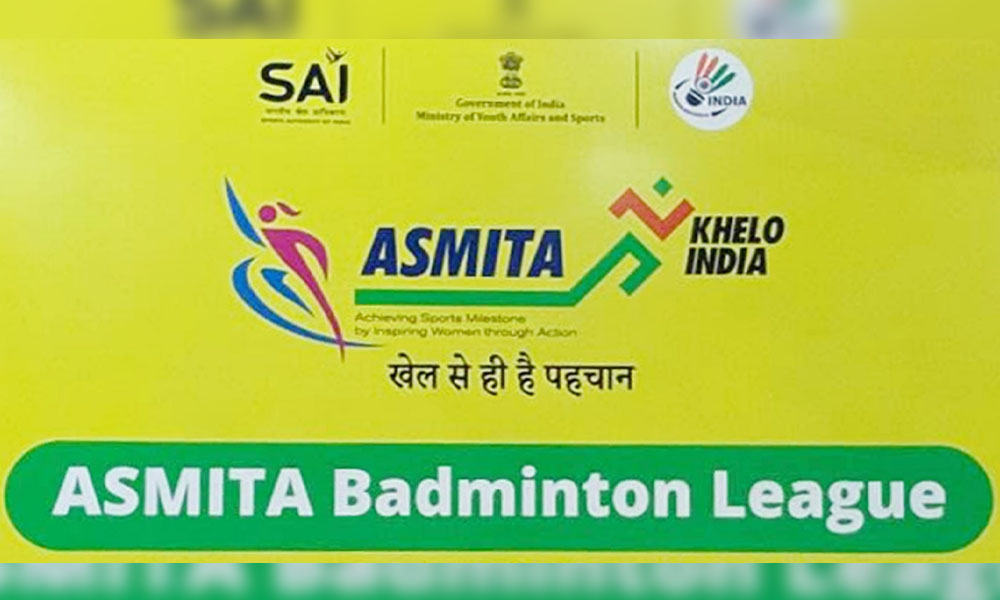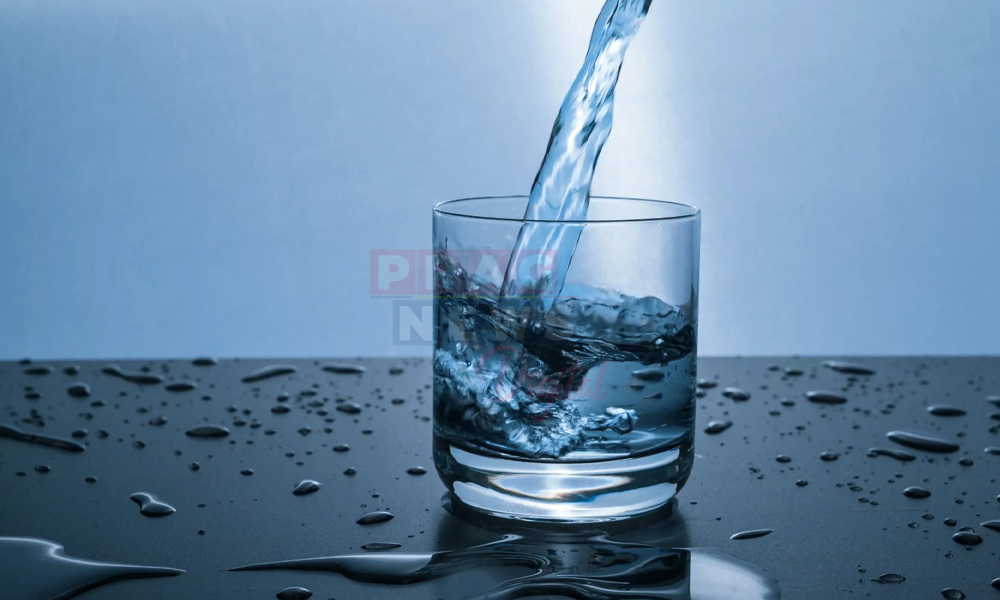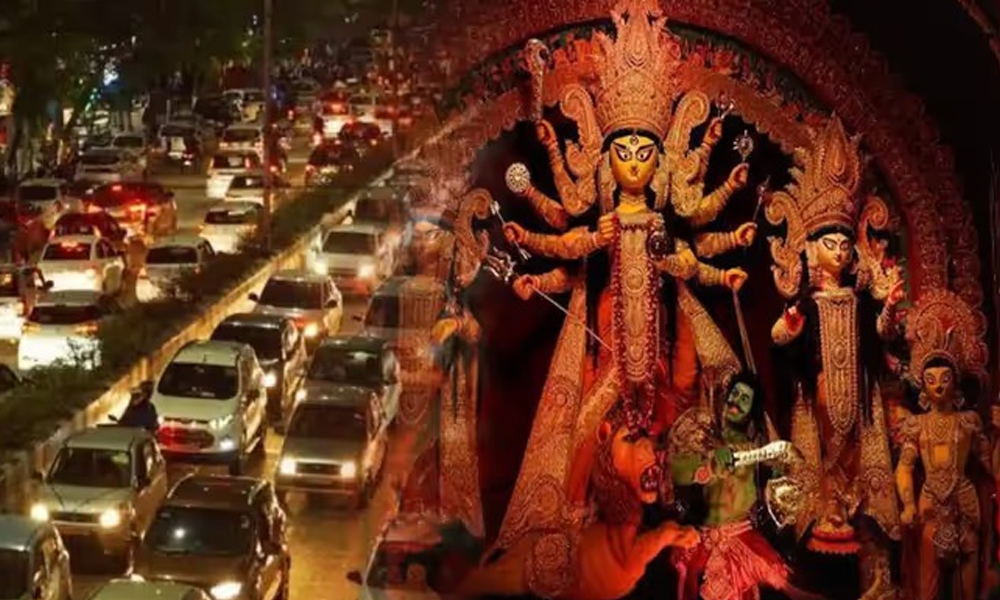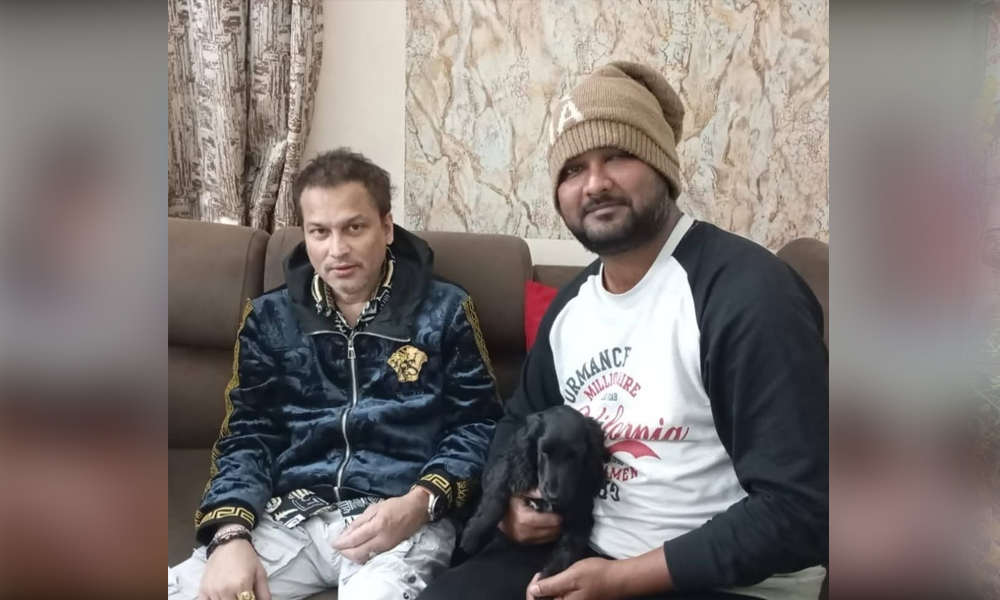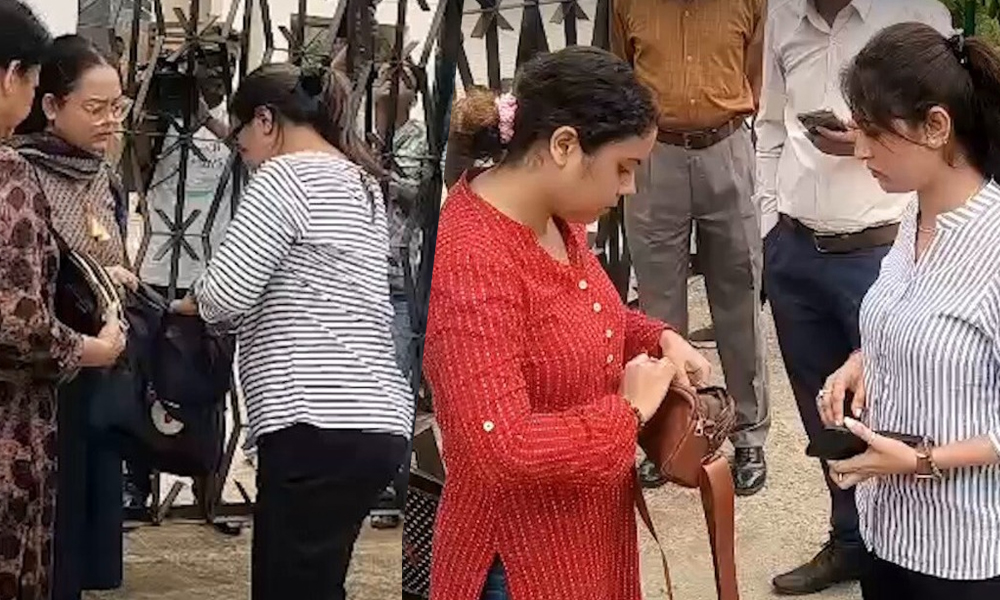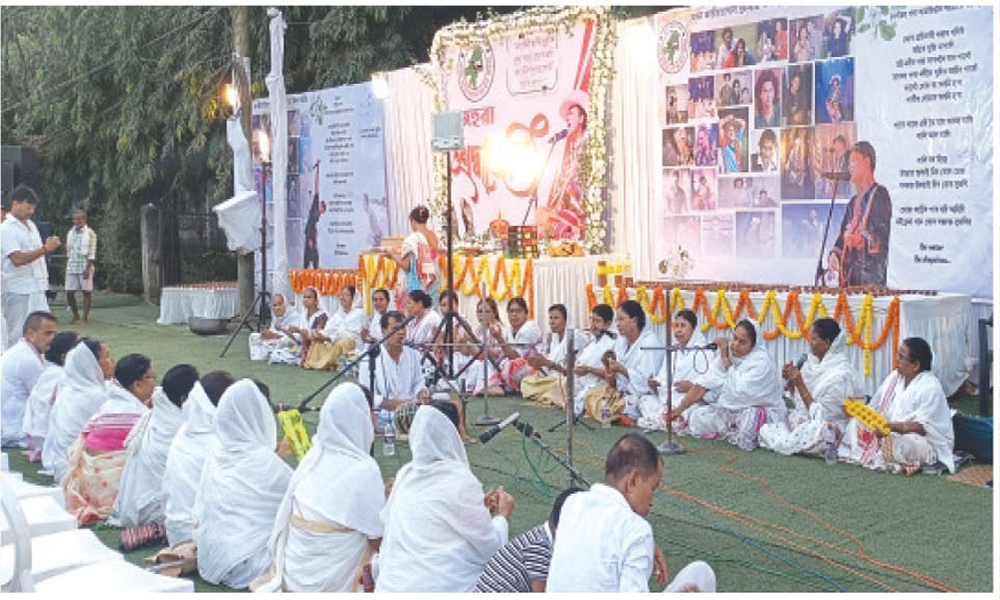Digital Desk: Due to rising food prices, retail inflation
increased to 7% in August, breaking a three-month downward trend. This put
additional pressure on the Reserve Bank of India to increase interest rates
more quickly in order to rein in price increases.
This
demonstrates that inflation has remained above the RBI's tolerance band of 2–6%
in each month this year.
Food
prices increased dramatically, making up about half of the CPI basket, as a
record heatwave drove up the cost of staple commodities including wheat, rice,
and pulses, further straining already tight household budgets.
The
results show that food basket inflation increased to 7.62% in August from 6.69%
in July and 3.11% in August 2021.
Negative
seasonality sets in for September-November and adds weight to price pressures
due to erratic monsoon patterns across the nation that indicate additional crop
damages.
Despite
the recent sharp down in crude oil prices, fuel and light inflation increased
10.8%, indicating that the benefits of lower commodity prices have not yet been
felt and will be muted even when they do because they make up a very small
fraction of all categories.
According
to the RBI's predictions, inflation would continue to rise until the beginning
of 2023, exceeding the target range's upper end of 6%.
While the
governor of the RBI stated earlier this month that supply-driven inflation in
the country has peaked and will likely fall to approximately 5% by the
April–June quarter of 2019, the recent increase in pricing pressures is not
encouraging.
The governor
of the RBI added that the goal of the strategy was to minimize any negative
effects on economic expansion while containing inflation. The central bank is
under pressure from the most recent consumer price-based inflation, however, to
take a more aggressive stance and adopt the major Western central banks' stance
on policy: fight inflation at all costs, including a recession.
In August, the central bank increased its benchmark policy repo rate by 50 basis points (bps), bringing the total increase since May to 140 bps. On September 30, it is expected to make its next policy decision, which is forecast to increase by less than 50 bps.
Further analysis of the data revealed that for the third consecutive month, rural inflation was higher than urban price pressures.
Separately, according to data from the National Statistical Office (NSO), India's industrial production increased 2.4% in July relative to the same month last year, down from July's annual growth rate of 3.2%.


